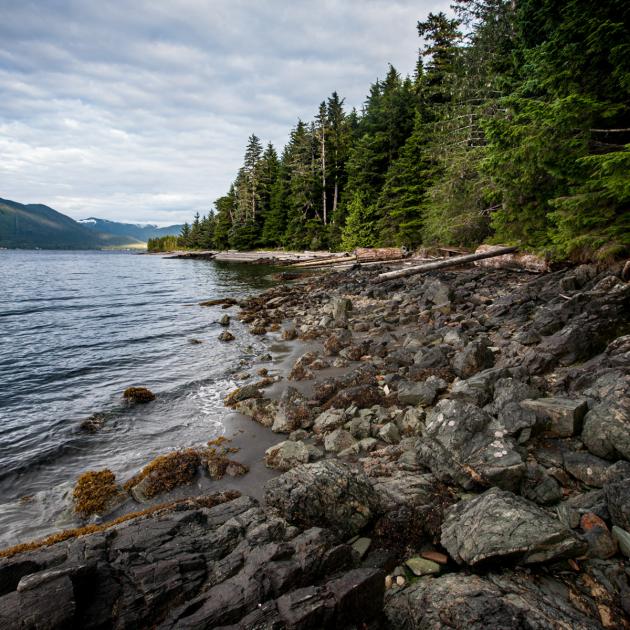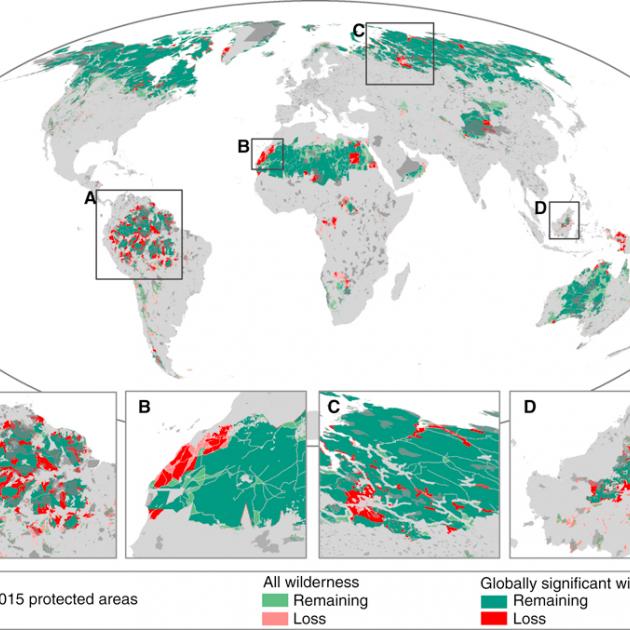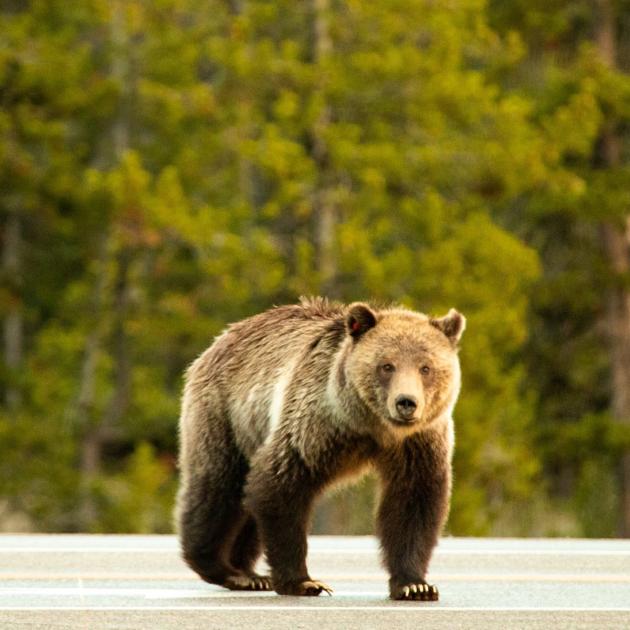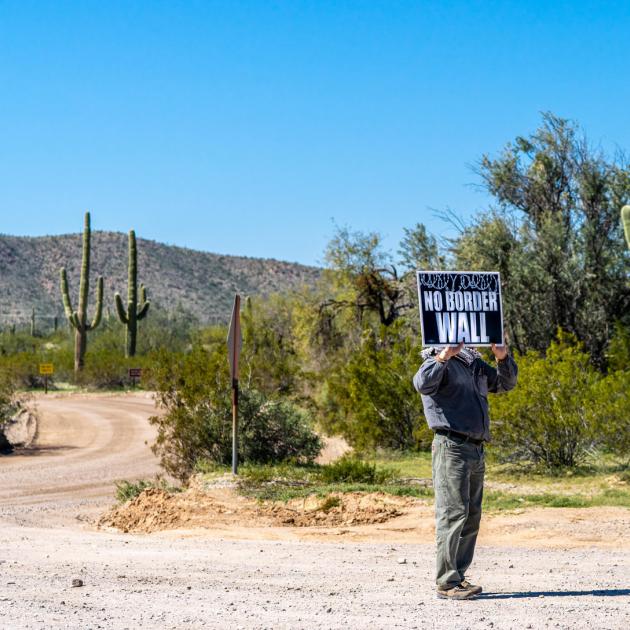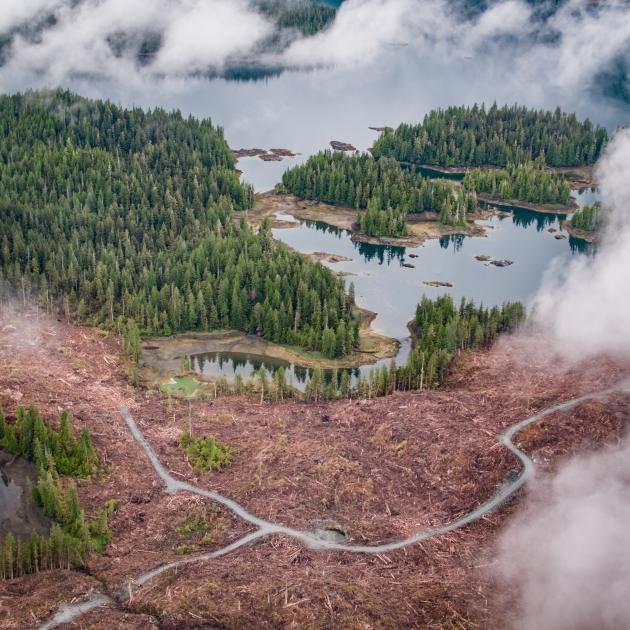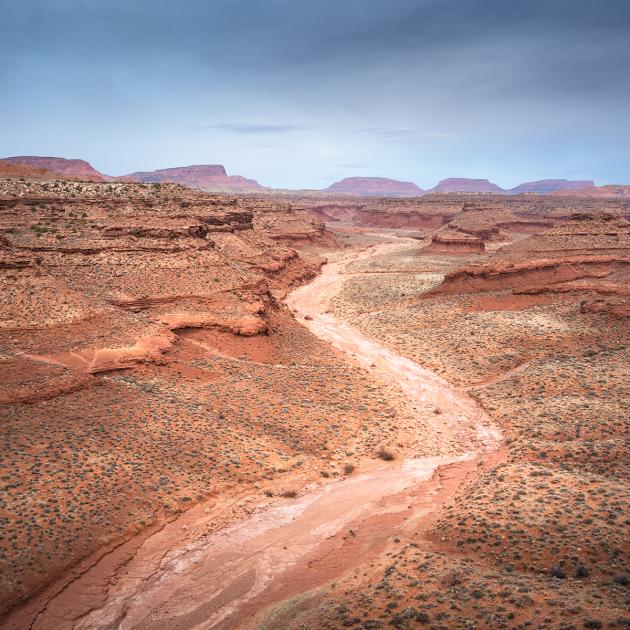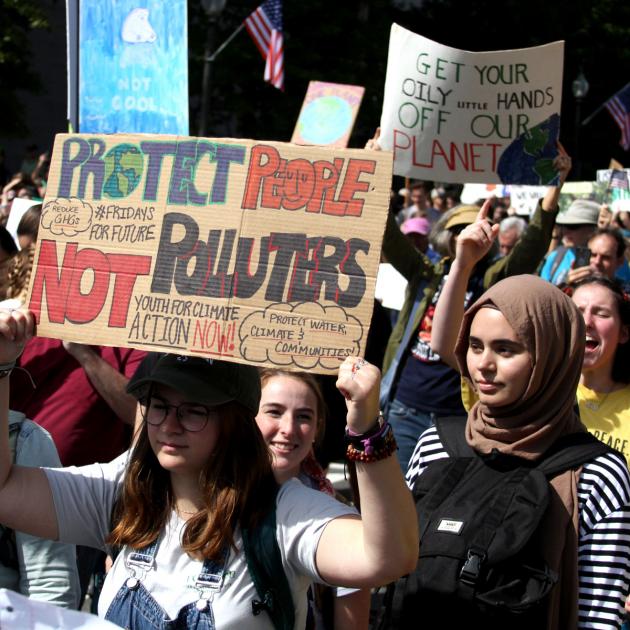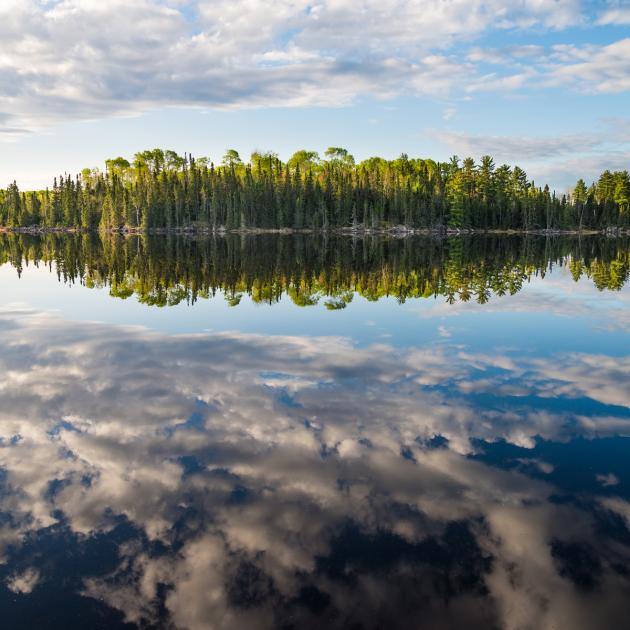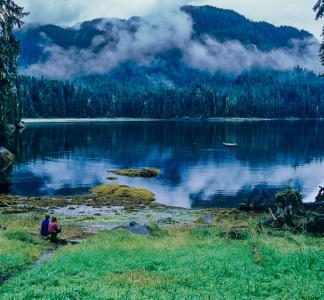How did Biden do on “First 100 days” climate and environment goals?
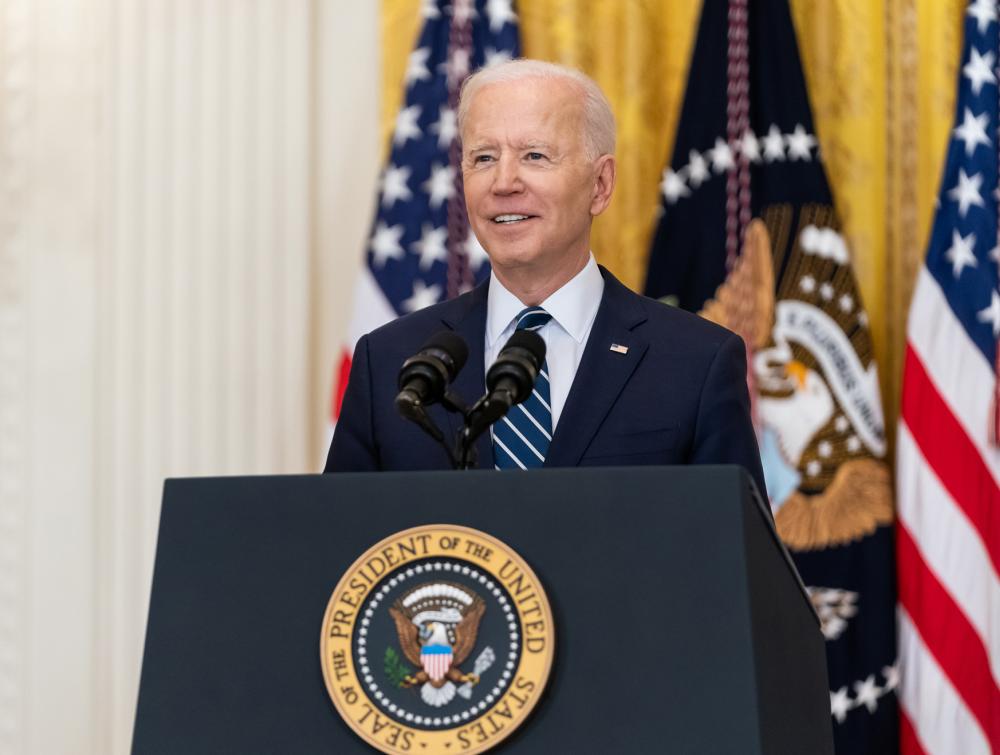
President Biden at a White House press conference in March 2021
Adam Schultz, The White House, Flickr
Important steps taken, but more work needed
Editor’s note: We are updating this blog post as President Biden takes new actions that target the climate crisis and prioritize equity and land protection. Last update: 04/27/2021
Before President Biden was inaugurated, we laid out a suite of eight priority actions he should take before his 100th day in office (April 30). These actions varied, but they were all related to one central goal: tackling the climate and extinction crises and addressing inequitable access to nature by better managing our public lands and waters.
As we approach the 100-day milestone, the Biden administration has at least begun working on the majority of the actions we identified. Most heartening of all, the president, his Cabinet and other key figures seem to be stressing climate change and climate solutions more than any previous administration, and setting goals that reflect the urgency of the moment. At the State Department’s recent Earth Day climate summit, President Biden pledged to cut U.S. greenhouse gas pollution in half by 2030 and significantly increase U.S. engagement on international climate efforts. Interior Secretary Interior Secretary Deb Haaland, meanwhile, affirmed that “nature has a critical role to play in improving our resilience to climate change and creating a thriving and sustainable economy.”
President Biden and other key figures are stressing climate solutions more than any previous administration
The window of opportunity to avoid the worst effects of climate change is still closing fast. For years, our public lands, which cover nearly one-third of the country, have been the drilling grounds for the fossil fuel industry, driving the climate crisis while damaging landscapes, wildlife and communities. Though President Biden has already paused new oil and gas leasing on public lands, that old and well-ingrained approach to land management still reigns supreme and remains a significant obstacle to cutting emissions. To tackle climate change, we need to end unchecked fossil fuel extraction on public lands,expand responsible renewable energy and prioritize their protection and expansion. These lands are essential for the adaptation of people and species to a changing climate.
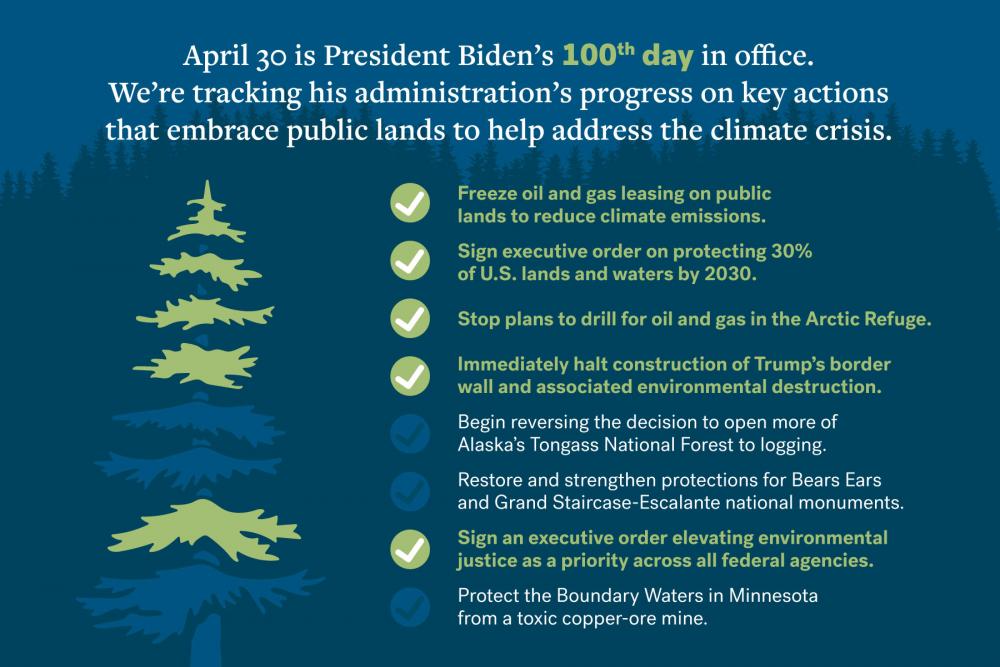
TWS
1. Freeze oil and gas leasing on public lands to reduce climate emissions
STATUS: ✓
Just days after being inaugurated, President Biden paused new oil and gas leasing on public lands. Biden administration officials recently said the freeze will continue until at least summer of this year and reiterated a commitment to managing public lands in a way that supports efforts to address climate change. This month, Tribal, conservation and other groups—including The Wilderness Society — filed motions defending the pause against legal attacks by energy interests.
The president recently set a goal of cutting U.S. greenhouse gas pollution in half by 2030 before 2005 levels, and achieving net-zero emissions from public lands should be a key part of that plan. Fossil fuels drilled and mined on public lands end up accounting for nearly one-quarter of U.S. gas emissions.
WHAT’S NEXT?
During this ongoing pause, the federal government must fast-track the creation of a transition plan for achieving net-zero emissions from public lands by 2030. It’s crucial that this plan includes a just and equitable transition for communities that rely on fossil fuel extraction, including investments in training and new job creation in renewable energy, conservation and restoration, and other industries.
2. Sign executive order on protecting 30% of U.S. lands and waters by 2030
STATUS: ✓
The same day he paused new oil and gas leasing on public lands, President Biden issued an executive order establishing a goal of protecting 30% of our lands and waters by 2030 and directing a federal interagency action plan to meet that goal. Biologically rich, continuous networks of public lands play an important role in absorbing climate-changing emissions, protecting clean water and healthy soils, and ensuring communities and wildlife thrive.
WHAT’S NEXT?
The Department of the Interior—now led by Interior Secretary Deb Haaland, who championed the “30x30” goal while in Congress—is set to issue a report in the coming days that will outline steps needed to meet that benchmark.
3. Stop plans to drill for oil and gas in the Arctic Refuge
STATUS: ✓
Shortly after taking office, President Biden froze all oil and gas leasing activities in the Arctic National Wildlife Refuge and ordered a new analysis of potential environmental impacts. These actions were critical to protecting the refuge from the flawed and possibly illegal lease sale that was held in the last days of the Trump administration and from dangerous seismic testing efforts that could soon move forward to search for oil and gas reserves.
Drilling on this land would release more climate change emissions, trample the rights of Indigenous peoples and damage the landscape and wildlife that make this refuge so special.
WHAT’S NEXT?
We are calling on the Biden administration to take further action permanently protecting the Arctic Refuge from drilling and development. Meanwhile, legislation has been introduced in both the House and the Senate to reinstate protections for the Arctic Refuge and restore food security to the Indigenous Gwich'in and Iñupiat peoples who live on the land.
4. Immediately halt construction of Trump’s border wall and associated environmental destruction
STATUS: ✓
On his first day in office, President Biden signed an executive order to immediately stop the construction of the US-Mexico border wall.
This enormously expensive and wasteful project fails to meet its stated goal and is damaging a region already strained by climate change. Wall construction has severed important wildlife corridors crucial to species that rely on large, connected landscapes in order to survive and adapt to the ecological pressures prompted by climate change. Contractors, given free rein to bypass environmental regulations, have also dynamited Native American burial grounds, drained precious desert springs, and scarred protected wild lands. While some of the destruction may be irreversible, substantial mitigation and restoration efforts will be critical.
WHAT’S NEXT?
The White House is currently reviewing the border wall project and has reiterated that the administration does not believe the wall is the answer to immigration challenges.
5. Begin reversing the decision to open more of Alaska’s Tongass National Forest to logging
STATUS: INCOMPLETE
President Biden has requested a review of the Trump rule-making process that excluded the Tongass National Forest in Alaska from the Roadless Rule, but his administration has not yet begun reversing it.
We’re calling on the U.S. Forest Service to reinstate “Roadless Rule” protections for the Tongass to prevent logging and other forms of development in the wildest parts of the forest. The Tongass, the world’s largest intact temperate rainforest, plays a crucial role against the climate crisis. Its concentration of large, old-growth trees acts as one of the nation’s best “carbon sinks,” absorbing and trapping carbon dioxide—the primary greenhouse gas warming up the planet.
WHAT’S NEXT?
We’re still asking the Biden administration to reinstate protections for the Tongass and work with lawmakers to make the Roadless Rule permanent. We also recently joined dozens of other conservation, outdoor recreation and other groups to ask that the Biden administration include protecting the Tongass and other carbon-sink forests in its accounting of steps needed to meet Paris climate agreement goals.
6. Restore and strengthen protections for Bears Ears and Grand Staircase-Escalante national monuments
STATUS: INCOMPLETE
President Biden has ordered a review of the Trump administration's rollbacks and management changes to Bears Ears and Grand Staircase-Escalante. As part of that review, Interior Secretary Deb Haaland recently traveled to Utah and met with Tribal leaders, lawmakers and others to inform her eventual recommendations on whether and how to restore protections for the monuments. Over the past few weeks, new concerns have been raised about looting and vandalism in the understaffed monuments, arguing for immediate action.
In 2017, President Trump illegally reduced the size of Bears Ears by roughly 85 percent, and Grand Staircase-Escalante by half to make room for mining, drilling and development. President Biden needs to swiftly restore protections to these national treasures, as promised in his Plan for Tribal Nations. He should also work in consultation with the sovereign tribal nations of the Bears Ears Inter-Tribal Coalition on collaborative management and protections in line with their original vision for a 1.9 million-acre national monument with robust co-management.
WHAT’S NEXT?
We are awaiting the Interior Department’s recommendations to the Biden administration about whether to restore protections to Bears Ears and Grand Staircase-Escalante. In the meantime, the Bears Ears Inter-Tribal Coalition has reiterated the importance of presidential action, as opposed to legislative proposals that offer insufficient protection to important cultural sites.
7. Sign an executive order elevating environmental justice as a priority across all federal agencies
STATUS: ✓
President Biden has issued an executive order directing agencies to ensure they are prioritizing racial equity in their work. This action signals a much-needed shift to incorporate racial and environmental justice across government and in the fight against climate change.
For too long, Black, Brown and Indigenous communities have been deliberately denied decision-making power, which has resulted in laws, policies and planning that disproportionately expose them to the worst impacts of climate change and pollution. These communities have been leading the environmental justice movement and the federal government must take meaningful action to support their fight and leadership.
WHAT’S NEXT?
The Biden administration emphasized environmental justice in its recent announcement about greenhouse gas reduction targets. Additionally, Interior Secretary Deb Haaland highlighted the need to address environmental justice in her recent secretarial order establishing a climate task force, and new Environmental Protection Agency (EPA) Administrator Michael Regan officially directed all EPA offices to make environmental justice part of their planning.
8. Protect the Boundary Waters in Minnesota from a toxic copper-ore mine
STATUS: INCOMPLETE
President Biden has not yet taken action to halt leasing and permitting for the construction of the Twin Metals mine near the Boundary Waters Canoe Area Wilderness in Minnesota, or to re-initiate the process of establishing watershed-level protections.
The proposed sulfide-ore copper mine would contaminate the area's pristine watershed and thriving ecosystem that provide refuge for species threatened by climate change. The mine would also harm the Boundary Waters’ boreal forest that helps to absorb heat-trapping greenhouse gases. In April, the non-profit American Rivers named the Boundary Waters one of its “most endangered” bodies of water.
WHAT’S NEXT?
Minnesota Sen. Tina Smith recently asked the Biden administration to reinitiate an environmental assessment and ensure the Boundary Waters are protected from sulfide-ore copper mining; Minnesota Rep. Betty McCollum reintroduced legislation to permanently protect the Boundary Waters Canoe Area Wilderness from mining. We’re still calling on the Biden administration to take action.
